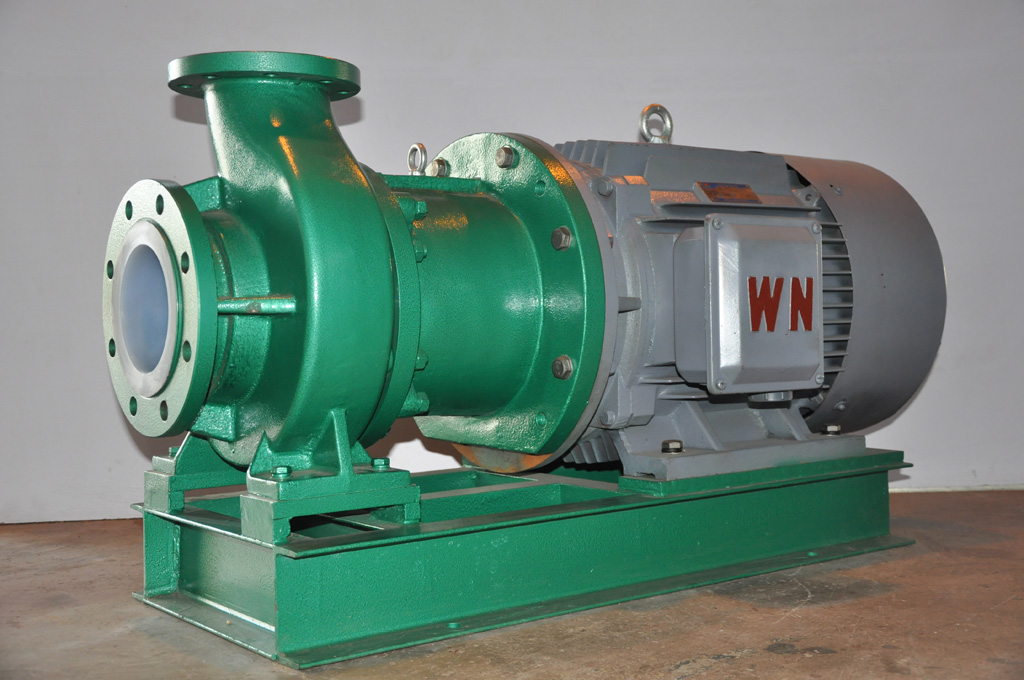Products
-
Stainless steel magnetic pump series
-
Fluorine lined magnetic pump series
-
Fluorine plastic magnetic pump series
-
Stainless steel multi-stage pump
-
Fluorine lined pump series
-
Stainless steel chemical pump series
-
Other industrial pump series
-
Fluorine plastic valve series
-
PTFE bellows, compensator
-
Pipeline
Tetrafluoro Compensator
PTFE compensator can be called bellows, also known as expansion joints. It can be used to eliminate the expansion or displacement of pipes, containers or equipment caused by climate change or other reasons; as a vibration retarder. It can be installed at the inlet and outlet of the pump or other high frequency mechanical analysis ends to reduce or eliminate its vibration and improve the service life and sealing performance of the pipeline.
Send Inquiry
Product Description
1. Main features of Tetrafluoro Compensator
PTFE compensator can be called bellows, also known as expansion joints. It can be used to eliminate the expansion or displacement of pipes, containers or equipment caused by climate change or other reasons; as a vibration retarder. It can be installed at the inlet and outlet of the pump or other high frequency mechanical analysis ends to reduce or eliminate its vibration and improve the service life and sealing performance of the pipeline. It solves the problems that metal compensators can not solve, reduces the cost of enterprises and improves the production efficiency. In addition, it can also be used to absorb deviations between design and actual installation. The utility model has the advantages of reliable operation, compact structure, strong compensation ability, resistance to corrosion of various media and long service life, etc.

2. Introduction of Tetrafluoride compensator
Polytetrafluoroethylene (PTFE) compensator, also known as bellows or expansion joints, can be used to eliminate the expansion or displacement of pipes, containers or equipment caused by climate change or other reasons; as a vibration retarder. It can be installed at the inlet and outlet of the pump or other high frequency mechanical analysis ends to reduce or eliminate its vibration and improve the service life and sealing performance of the pipeline. It solves the problems that metal compensators can not solve, reduces the cost of enterprises and improves the production efficiency. In addition, it can also be used to absorb deviations between design and actual installation. The utility model has the advantages of reliable operation, compact structure, strong compensation ability, resistance to corrosion of various media and long service life, etc.
HF02-1 ordinary tetrafluoro compensator can provide DN25-DN1600 1-9 wave compensators; tetrafluoro compensator fatigue times are more than 5000 times, F02-2 has the same appearance as TF02-1, and its wall thickness is 1/3 to 1/4 stronger than TF02-1 about 1 mm in compensating pressure capacity.














